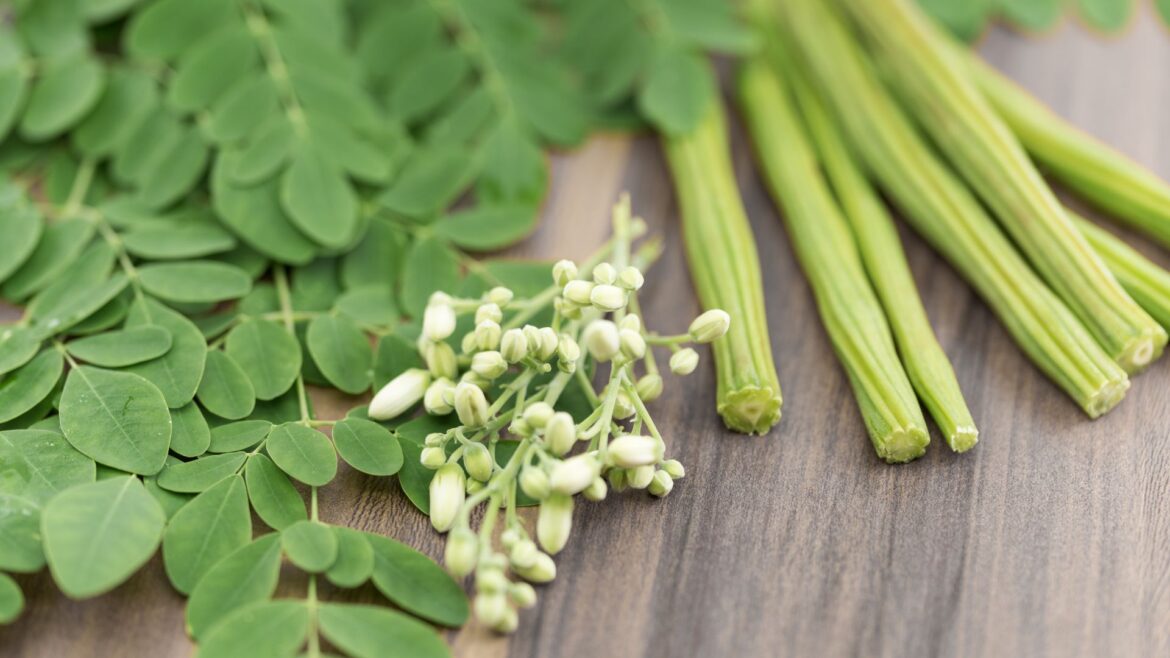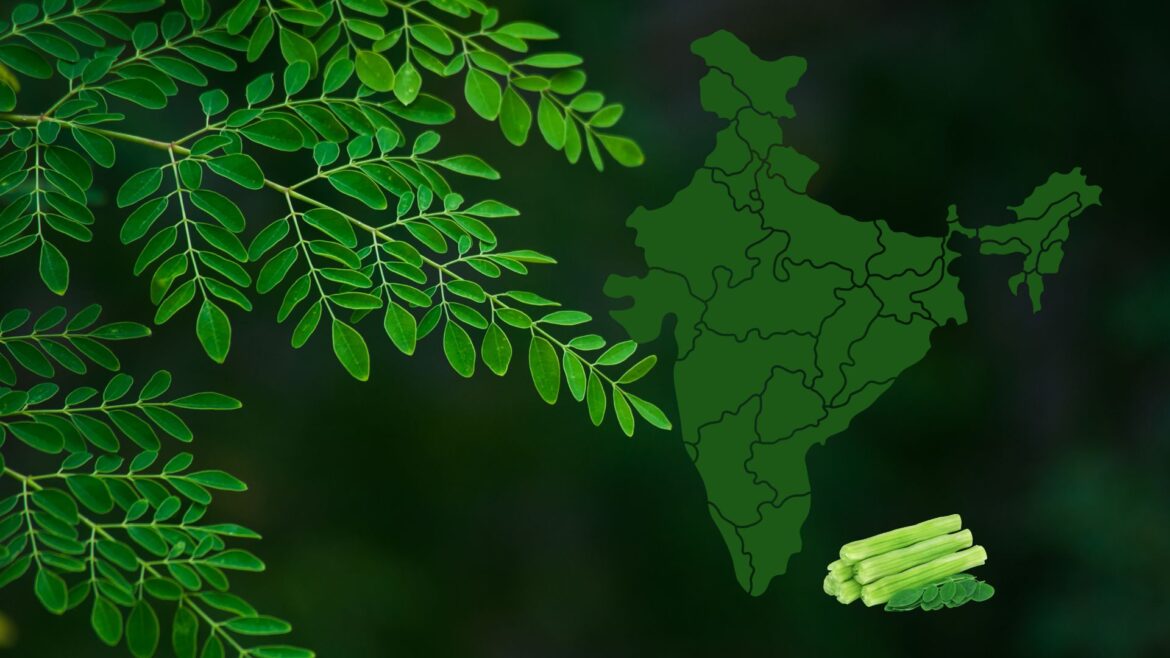Tamil Nadu is the Leading Producer of Moringa in India - Characteristics and Contributions of Various States
Moringa Cultivation in India: Key Indian States and Their Contribution

Moringa is also called the “Miracle Tree” or the “Tree of Life”. It is a native of the Indian Subcontinent and gaining popularity as a super food.
The “Drumstick Tree,” is a sweet earthy smelling tree with fragrant flowers. It is fast-growing, drought-resistant and native to the Indian subcontinent. Scientific name of Moringa’s most cultivated variety in India is ‘Moringa Oleifera’. It is also known as Munaga, Mungna, Malaga, Murungai, Saragavo in other Indian regional languages like Telugu and Gujarati.
Moringa is highly valued for its nutritional, medicinal, and economic benefits, making it an essential crop in various parts of India. Traditionally, Moringa tree has been a part of South Indian diet for ages, It is slowly finding it’s way in other parts of India as well as across the globe due to it’s nutritional value and health benefits of slot deposit pulsa. Almost every part of the tree is edible. The most commonly used part of the tree is the seed pods also known as drumsticks used in the delicious south Indian ‘Sambhar’. Other than this, the leaves of the Moringa tree are used to make tea and soup. Its flowers, bark, seeds and roots are also edible.
Moringa thrives in tropical and subtropical climates and is adaptable to a variety of soils. It is propagated through seeds or cuttings. Seed propagation is more common, with seeds sown directly in the field or raised in nurseries before transplanting. While moringa is drought-tolerant, regular watering during the initial growth stages can enhance survival and growth rates. Once established, the tree requires minimal irrigation. It is also relatively pest-resistant.
Moringa leaves are rich in vitamins (A, C, and E), minerals (calcium, potassium, and iron), and protein. They are also a source of antioxidants and essential amino acids, making them a superfood. It is also used in traditional medicine to treat various ailments such as inflammation, diabetes, hypertension, and malnutrition. Moringa oil, derived from seeds, is used in cosmetics and as a lubricant, while the leaves and pods are consumed as slot depo 5k vegetables. International organizations and institutions are exploring the best ways on how to use Moringa as a nutritional supplement and in food fortification.
Moringa products are in high demand both domestically and internationally. The growing awareness of its nutritional benefits has led to increased consumption in health-conscious markets. Processing moringa into value-added products such as powder, capsules, and oil significantly increases profitability. The global market for moringa products is expected to grow due to the steady increase in demand for natural and organic products.
The Indian government provides various subsidies and support through schemes like the National Horticulture Mission (NHM) and Mission for Integrated Development of Horticulture (MIDH). Agricultural universities and research institutions in India, such as the Indian Council of Agricultural Research (ICAR), offer training programs and research support to promote moringa cultivation.
In a bid to promote Moringa exports from India, Agricultural & Processed Food Products Export Development Authority (APEDA) has been supporting private entities in creating necessary infrastructure.
Deendayal Antyodaya Yojana-National Rural Livelihoods Mission (DAY-NRLM) under the Ministry of Rural Development has initiated implementation of interventions related to Food, Nutrition, Health to encourage behaviour change for the adoption of recommended practices amongst the women SHG members and their families. One of the focus sub-sectors is moringa.
Despite its benefits, many farmers are still unaware of the potential of moringa cultivation. It offers significant potential for farmers in India due to its low input costs, high nutritional value, and diverse market opportunities. With proper management practices, government support, and market linkages, moringa can be a profitable and sustainable crop, contributing to food security and economic development in rural areas.

Moringa Cultivation in India: Key Indian States and Their Contribution

Learn the most effective preventive measures against HIV/AIDS. Understand how safe sex, regular testing, awareness, and lifestyle choices can protect you and your loved ones. Let’s talk about HIV prevention openly and responsibly.

India has made remarkable progress in its fight against HIV/AIDS through awareness campaigns, government schemes, and the Red Ribbon Movement. Discover India’s efforts, achievements, and ongoing challenges in eradicating HIV by 2030.

World AIDS Day 2025 highlights the global fight against HIV/AIDS, honors those affected, and spreads awareness about prevention. Explore its theme, history, images, and worldwide importance.

